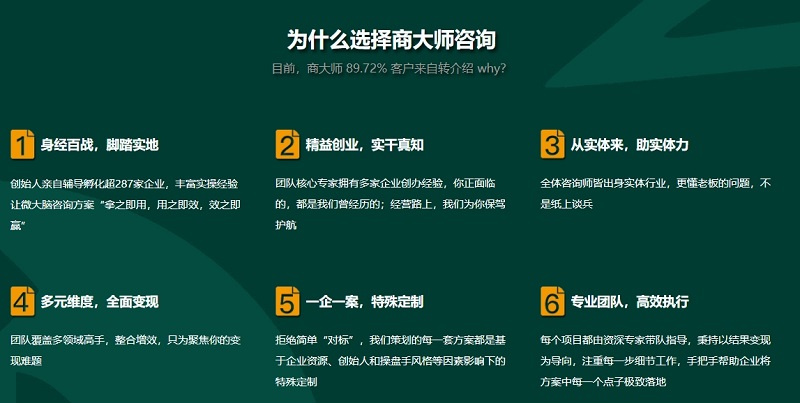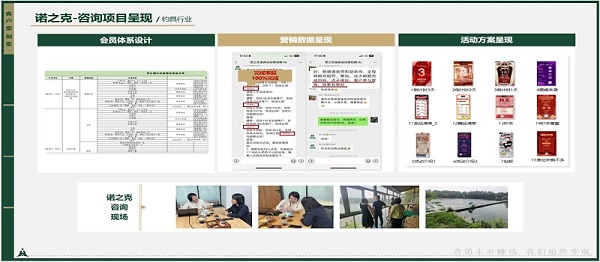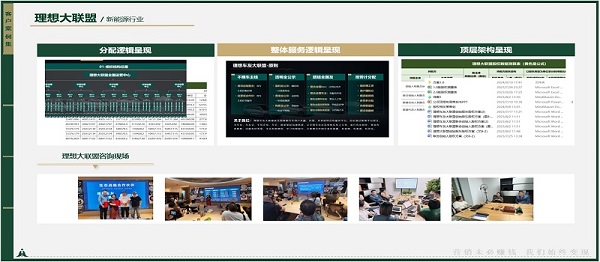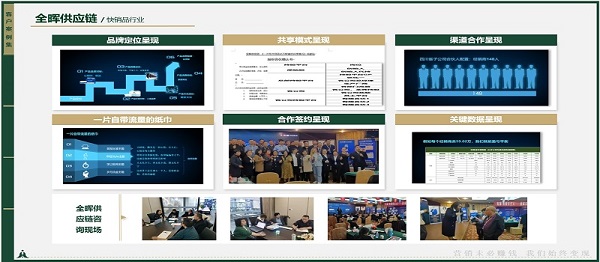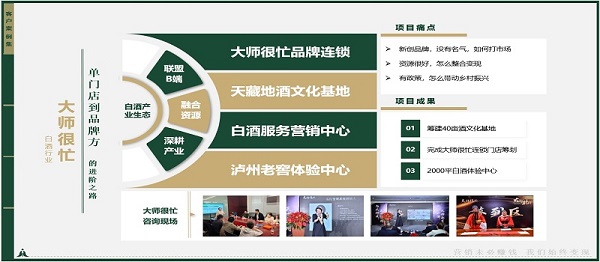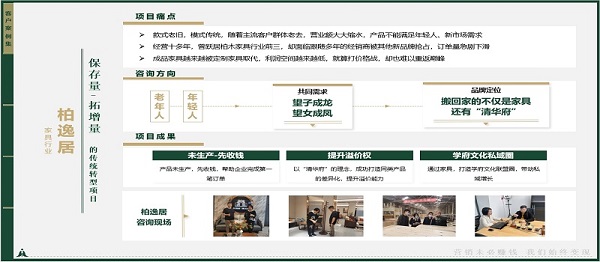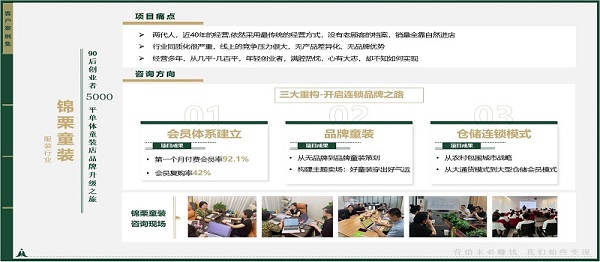一、品牌定位的核心目标
Brand positioning aims to establish a unique and differentiated image in the minds of target consumers. By clarifying the brand's core value proposition, it helps enterprises stand out in a competitive market and form long-term competitive advantages.

二、目标市场精准界定
Accurately defining the target audience is the foundation of brand positioning. Enterprises need to analyze consumer demographics, behavioral characteristics, and psychological needs through market research to identify the most valuable customer groups.

三、差异化价值主张
Differentiated value proposition is the soul of brand positioning. Enterprises should focus on highlighting unique product features, service advantages, or emotional connections that competitors cannot replicate, forming a clear market identification symbol.
四、品牌个性塑造
Brand personality determines the emotional connection between consumers and the brand. Through visual design, communication tone, and service style, enterprises can create a unique brand temperament that resonates with the target audience's lifestyle and values.

五、持续一致性维护
Maintaining consistency in brand communication and consumer experience is crucial. All marketing activities, product development, and service processes should adhere to the established positioning strategy to ensure the stability and accumulation of brand equity.
市场细分的实施路径
Effective market segmentation requires multidimensional analysis. Enterprises can use geographic, demographic, psychographic, and behavioral variables to divide the market, combined with quantitative research and qualitative insights to identify high-potential segments.
价值主张的验证方法
Validating value propositions can be achieved through consumer testing. Focus group discussions, concept testing, and A/B testing of advertising copy help assess the appeal and credibility of the value proposition, ensuring alignment with market expectations.
个性塑造的常见误区
common mistake in personality building is excessive pursuit of differentiation. Some brands create personality traits that conflict with their core competencies or deviate from consumer cognition, resulting in positioning confusion and resource waste.
跨渠道一致性的挑战
Maintaining cross-channel consistency faces operational challenges. Differences in platform characteristics and audience behavior require brands to develop adaptive communication strategies while ensuring core elements remain unified, necessitating sophisticated content management systems.
定位调整的时机判断
Timing for positioning adjustments should consider market signals. Significant changes in consumer demand structure, emergence of disruptive technologies, or fundamental shifts in industry competition patterns all indicate the need for brand positioning optimization.

